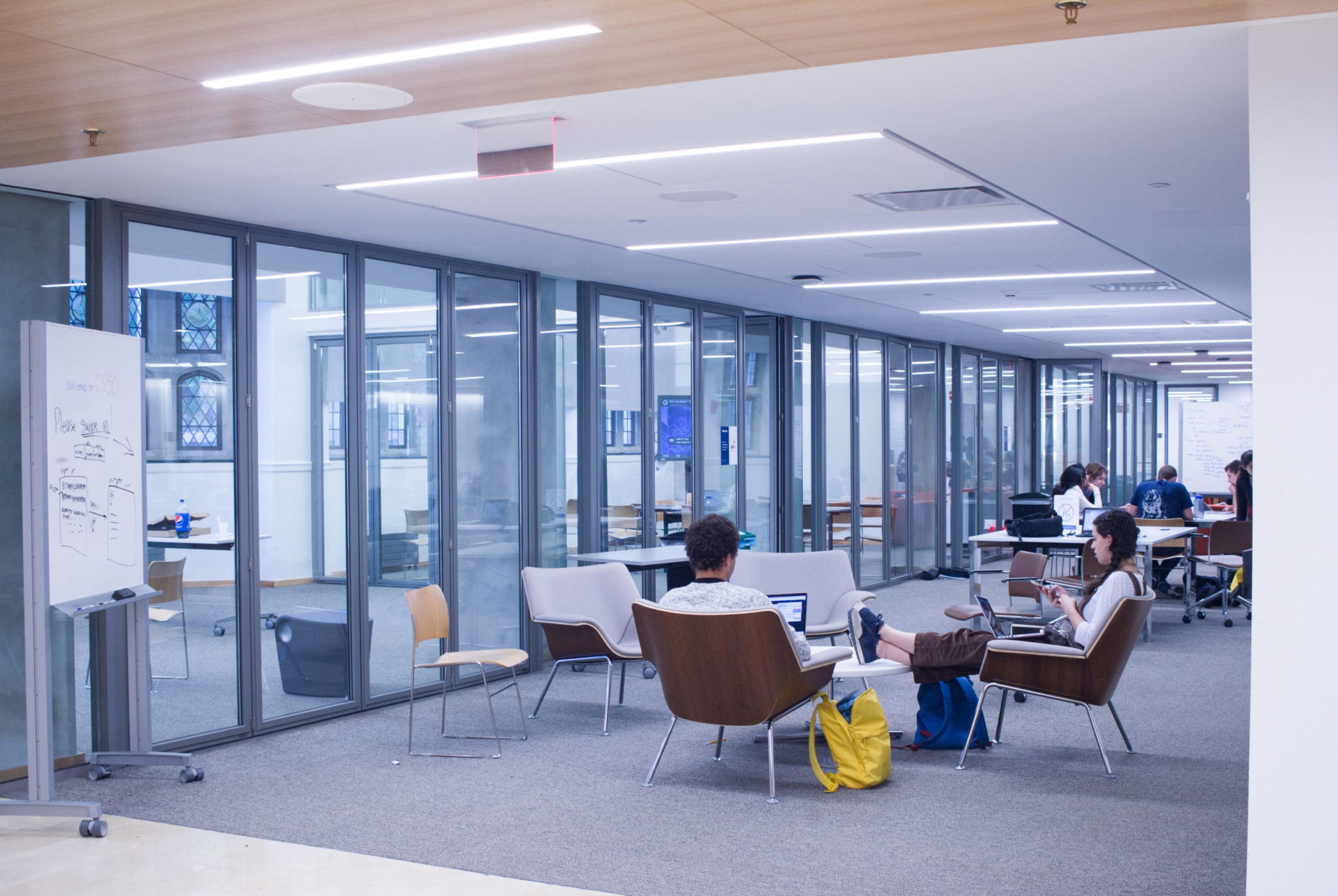The Zoom Dilemma: as some classes continue to have Zoom options, students grapple with whether to attend in person

Yale Daily News
After a year of online courses, some Yale classes this fall have maintained a hybrid model through optional Zoom lectures and recorded classes.
Some large lecture classes, such as “Introduction to Psychology” and “Introductory Microeconomics,” now give students the option to attend class over Zoom or watch recordings typically posted on Canvas. According to the Poorvu Center for Teaching and Learning at Yale, professors have the option to post “lecture captures” on Canvas which include video, screen capture and audio of the instructor simultaneously. But some professors who have chosen to record their lectures have experienced a shift in student engagement. Moreover, while some students have voiced their support for recorded lectures and Zoom classes, others have shared their preference for the traditional in-person classroom setting.
“In our sociology class, we had a quiz one day in person,” Rhayna Poulin ’25 said. “The auditorium was, like, double what it normally was.”
Poulin explained that in classes with recorded lectures, many students opt to skip the in-person class, instead watching lectures on their own time. But she added that recorded lectures make classes more accessible, as they allow students who miss class due to sickness to catch up on work and keep up with the content.
Another advantage of recorded lectures is potentially avoiding sickness.
“For really big lectures, we’re talking lectures with 500 students, I definitely prefer watching recorded lectures,” Joy Liu ’25 said. “The hall is crowded, and I have a friend who literally got sick from someone not wearing their mask beside her. I just feel more comfortable watching the recordings.”
Indeed, the month of September saw an “unprecedented” number of visits to Yale Health, with calls to the medical center up 40 percent from September 2019. Furthermore, students have described lecture halls as not having “a single consecutive minute without someone coughing.”
Beyond health-related reasons, Liu also cited a better work environment as a reason for watching recorded lectures instead of attending the in-person ones.
“The little side desk attached to the chair is really tiny,” Liu said. “My notes turn out super messy, so I like watching the recordings elsewhere in a space where it’s easier to take notes.”
On the other hand, some students believe that in-person classes offer a learning experience that cannot be fully replaced by a recorded or virtual option.
Devin Lin ’24, who has taken both Zoom classes and in-person classes, explained that in-person lectures are easier to pay attention to than virtual ones.
“I would prefer in-person lectures because it helps me stay engaged with the contents of the class,” Lin said. “Usually with back-to-back Zoom lectures, Zoom fatigue really diminishes the learning efficiency.”
Despite preferring in-person lectures, Lin also shared that he enjoys having the recorded option as a backup. Although he attends the in-person lectures, he also refers back to the recorded lecture “once or twice a week” in order to review confusing concepts.
Avram Holmes, an associate professor of psychology and of psychiatry, hopes that most students use the recorded lectures as a review guide. Holmes teaches “Introduction to Psychology,” a class that enrolls more than 80 students. Each lecture is recorded and published, which he expects will provide resources for students in quarantine and those who are struggling and want to return to lectures for clarification.
When asked about the concern that making recorded lectures available decreases attendance, Holmes pointed out that there is “less of a case of low attendance than anticipated.”
“It ultimately comes down to the fact that it is [the student’s] decision whether or not to attend the lecture,” Holmes said.
For more information on recorded lectures, students and faculty can visit the Poorvu Center’s Lecture Capture Page.







